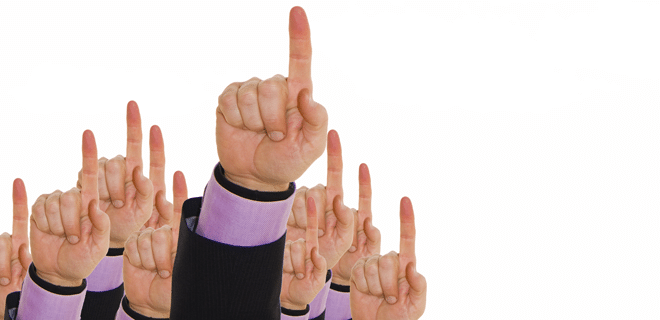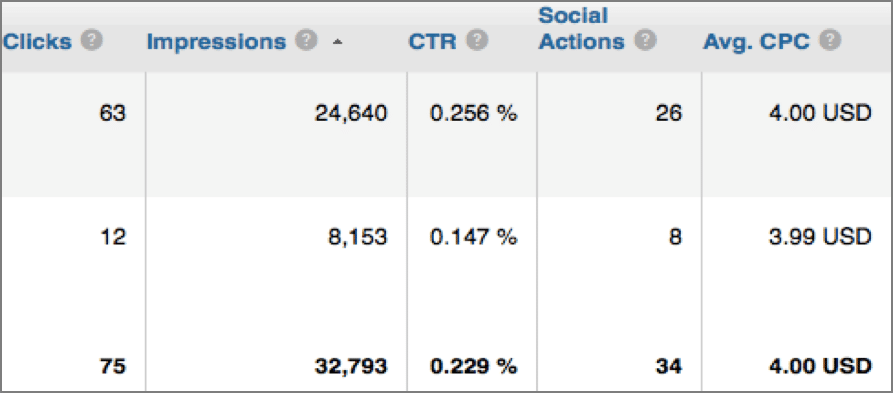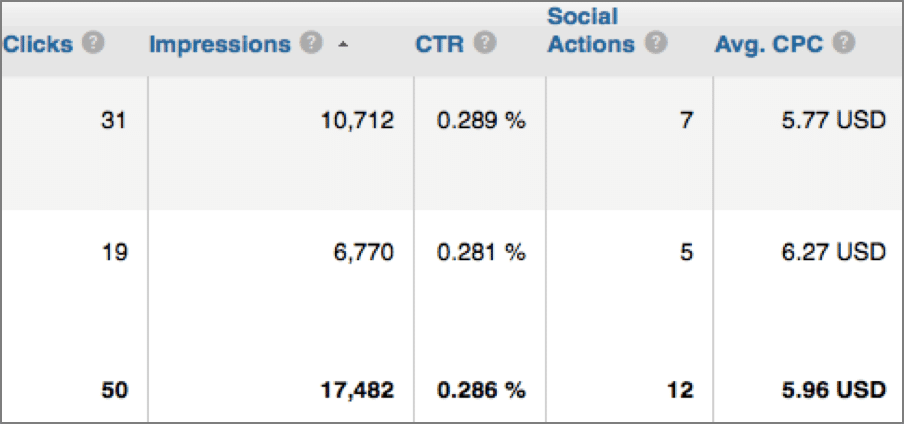If you advertise or use Sponsored Updates on LinkedIn, you may have asked yourself how much you should pay when someone clicks on your content. Sure, LinkedIn has a suggested bid range that represents an estimate range of competing bids by other advertisers which can give you an idea, but what actually produces the best results?
Traditionally, we bid more on the lower end because of the great results that we’ve seen, but I was recently advised to increase the bid above the suggested bid range in order to produce even more clicks and engagement. This advice puzzled me. If you can get clicks by bidding slightly lower and have a lower CPC, why bid higher? I had to put this theory to the test.
Using the same content and images, I created two separate campaigns — one bidding higher than LinkedIn’s suggested bid range and one bidding lower. I continued to do this throughout a month, testing out various pieces of content and targeting to make sure that my findings weren’t just some fluke or one-off.
The results? Bidding lower generated more clicks, engagements, followers and impressions. To give you an example, we allocated $600 toward promoting an infographic—$300 for the lower-end bid and $300 toward the higher-end bid.
For the lower bid, we garnered 32,792 impressions, 75 clicks, 109 engagements and 21 followers.
The higher bid resulted in just 17,482 impressions, 50 clicks, 62 engagements and 8 new followers.
With a CPC at $4 as opposed to $5.96 for bidding higher for the campaign above (averaging $5 or $9 for all campaigns throughout the month), testing this was well worth the effort and got us more bang for our buck for our client.
What has your experience been with LinkedIn bidding? Have you tested this out?




